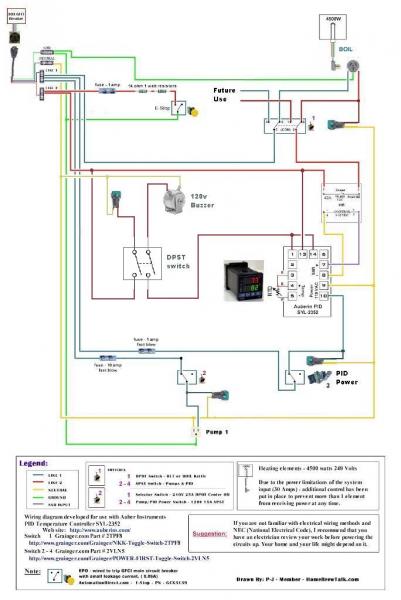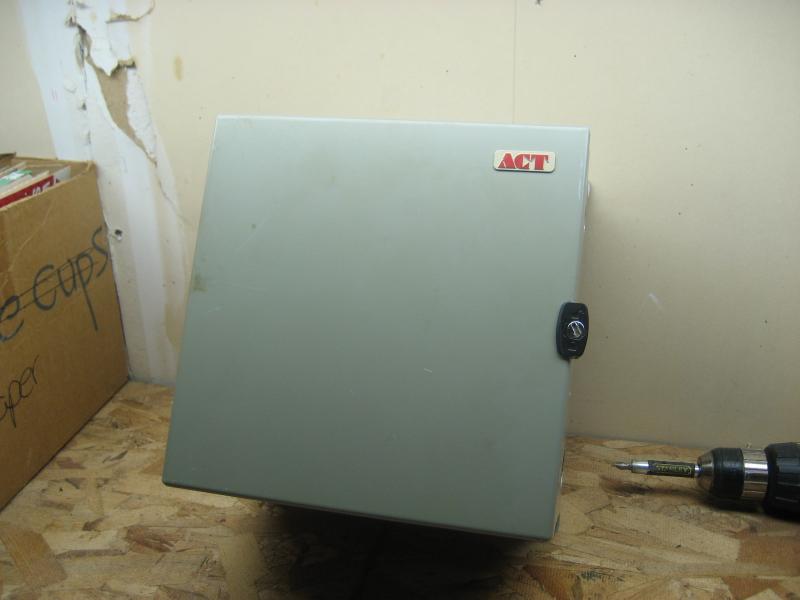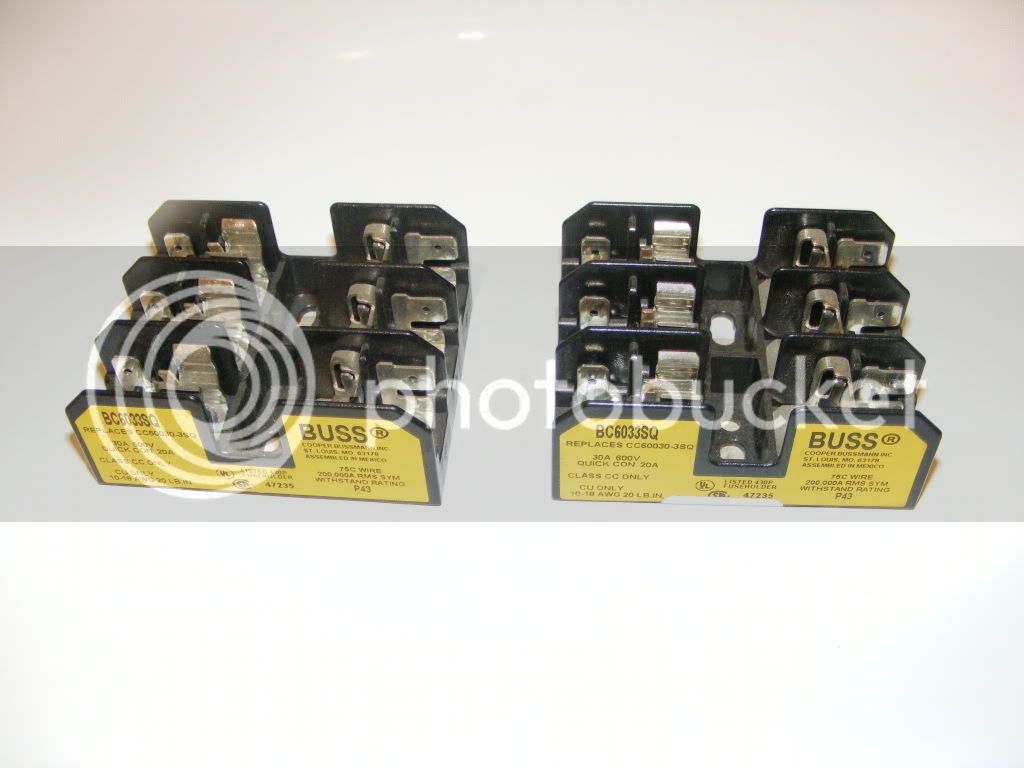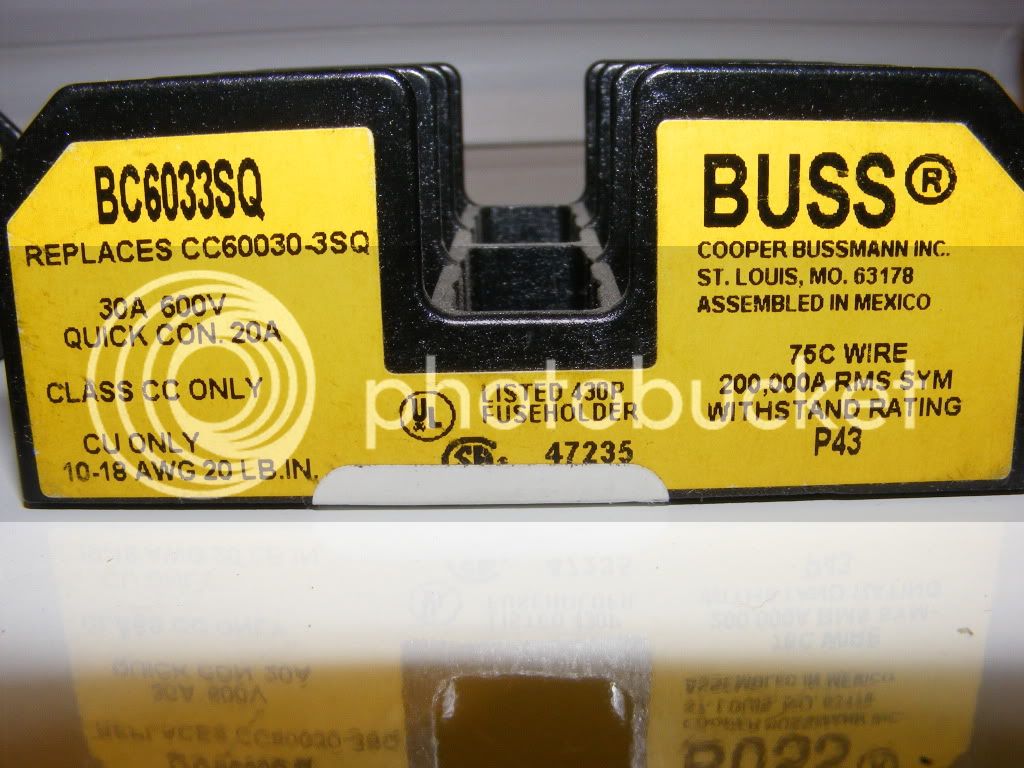Brickout
Well-Known Member
First off, thanks to everyone on this forum for all the information. I've been reading for countless hours and the information is priceless.
So I'm planning a simple e-kettle to start with. It's really not much different than a eBIAB setup. Power will be supplied by a GFI spa panel, typical power cords. The kettle will also be the typical setup, element, weatherproof box, rtd temp. sensor, etc.
The real meat of the project is in the control box. The idea I have is to build more of an antiquated looking control panel. Part art, part function.
Here's the list of parts I'm thinking of using. Let me know if see anything that won't work.
Switches
Indicator Lights
Components
Connections
Misc.
Terminal strips
Fuses and fuse holders
For the wiring diagram (I could use a little help here) I'm thinking something along the lines of voltin's setup
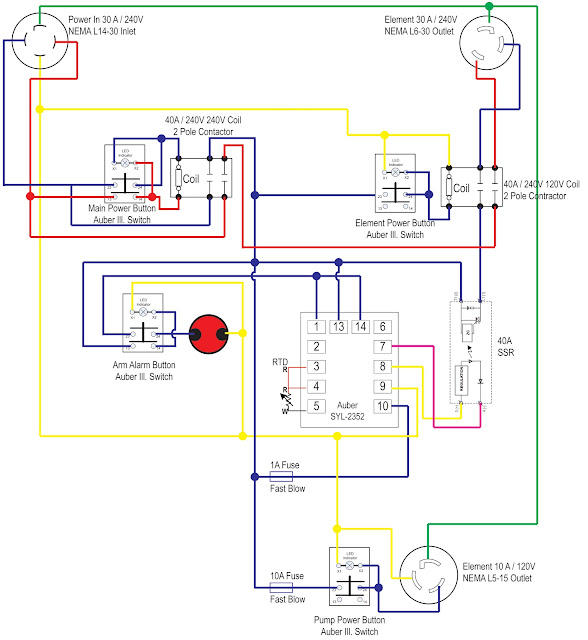
The differences would be the addition of the E-stop, different switches, and indicator lights.
Any advice or help on this project would be greatly appreciated.
-Chris
So I'm planning a simple e-kettle to start with. It's really not much different than a eBIAB setup. Power will be supplied by a GFI spa panel, typical power cords. The kettle will also be the typical setup, element, weatherproof box, rtd temp. sensor, etc.
The real meat of the project is in the control box. The idea I have is to build more of an antiquated looking control panel. Part art, part function.
Here's the list of parts I'm thinking of using. Let me know if see anything that won't work.
Switches
- Main Power on/off - Key'd switch - eBay
- Element on/off - Toggle switch - McMaster Part #7343K711
- Pump on/off - Toggle switch - McMaster Part #7343K711
- Alarm on/off - Toggle switch - McMaster Part #7343K711
- Emergency Stop - Mushroom pushbutton - Automationdirect
Indicator Lights
- Main Power - Jewel pilot light, 120v, green - eBay
- Element - Jewel pilot light, 120v, yellow - eBay
- Pump - Jewel pilot light, 120v, blue - eBay
- Alarm - Jewel pilot light, 120v, red - eBay
Components
- Auber PID - SYL-2352
- Auber 2" RTD Temp Probe Weldless
- Contactor, 2 pole, 40A, 120V Coil (Qty. 2) - Amazon <- Will this work?
- SSR - 40A with heatsink - eBay <- Will this work?
- Buzzer alarm - McMaster <-maybe part #56525T26.
Connections
- Power in - NEMA L1430 turn-lock Male Flanged Receptacle
- Element out - NEMA L6-30 turn-lock Female Flanged Receptacle
- Pump out - NEMA L5-15 turn-lock Female Flanged Receptacle
- RTD in/out - Panel mount connector for RTD
Misc.
Terminal strips
Fuses and fuse holders
For the wiring diagram (I could use a little help here) I'm thinking something along the lines of voltin's setup

The differences would be the addition of the E-stop, different switches, and indicator lights.
Any advice or help on this project would be greatly appreciated.
-Chris
Last edited by a moderator:



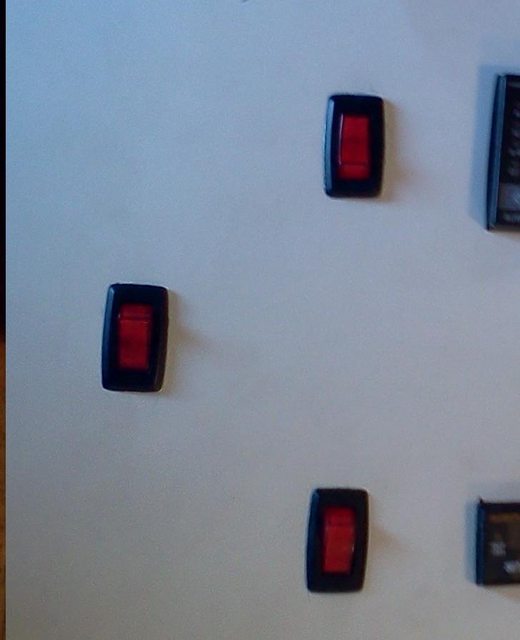
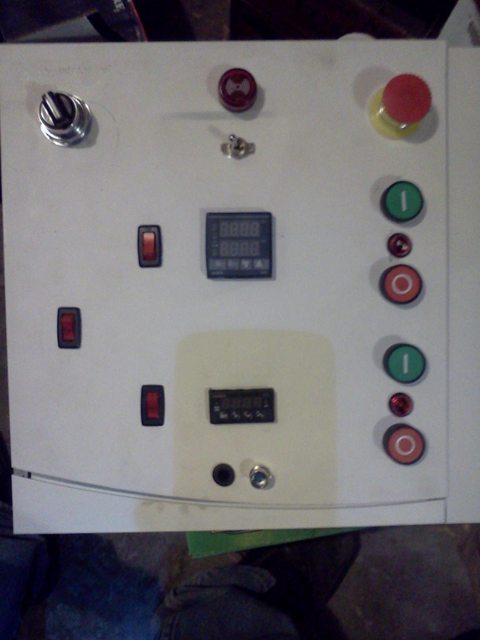

















































![Craft A Brew - Safale S-04 Dry Yeast - Fermentis - English Ale Dry Yeast - For English and American Ales and Hard Apple Ciders - Ingredients for Home Brewing - Beer Making Supplies - [1 Pack]](https://m.media-amazon.com/images/I/41fVGNh6JfL._SL500_.jpg)





